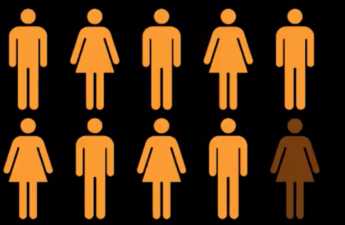
A U.S. National Academy of Sciences panel have identified seven numbers decision-makers should follow to guide their response to the COVID-19 pandemic.
The report summarizes the benefits and drawbacks of each of the seven measures and provide five criteria decision-makers to consider when evaluating these data: The data’s representativeness, potential for systematic under- or over-estimation, uncertainty, time range, and geographical area.
According to the panel, the numbers to watch are:
- Number of confirmed cases: This measure is readily available, but is likely to substantially underestimate the prevalence of COVID-19 in the population. As testing expands to include populations with less severe symptoms and asymptomatic individuals, this measure will become increasingly useful.
- Hospitalizations: Hospitalization data are typically available in real time, though there may be uneven volume of reporting on certain days. This measurement reflects only the most severe cases of infection, but as the proportion of hospitalizations to confirmed cases declines, it likely reflects a decline in the total number of infections in a community.
- Emergency department visits: In some places, emergency department visits are available at the local level in close to real time. These data are most useful in the early stages of an outbreak, or to assess resurgence, though it should be noted that patients with symptoms were exposed up to two weeks earlier.
- Reported confirmed COVID-19 deaths: Reported COVID-19 deaths reflect the state of the outbreak several weeks prior, due to the long course of COVID-19 infection.
- Excess deaths: Compared with the other measurements reviewed, excess deaths are the best indicator of mortality impacts of the pandemic. However, because of the potential for death misclassification, excess deaths represents a mix of confirmed COVID-19 deaths and deaths from other causes.
- Fraction of viral tests that are positive: While widely used, this may not be a good indication of the prevalence of the disease, and may tend to be an overestimate, as the people tested are often not representative of the population. Understanding of the utility of antibody testing is still evolving.
- Representative prevalence surveys: Representative prevalence surveys, in which a representative sample of people are selected and tested, are the best strategy for understanding the prevalence of the disease in any given population. Such surveys can be undertaken for specific populations, such as in a workplace, nursing home, or prison. However, gathering this data requires undertaking a special study and is not available from routinely collected data. Many public health agencies have the capacity to undertake such surveys.
A new interactive web tool also released today, is designed to help decision-makers dive further in to the strengths and weaknesses of these seven data types.
The report was prepared by the recently formed National Academies of Sciences, Engineering, and Medicine Societal Experts Action Network (SEAN), which connects social and behavioral science researchers with decision-makers leading the response to COVID-19.
The full report can be download for free here.


